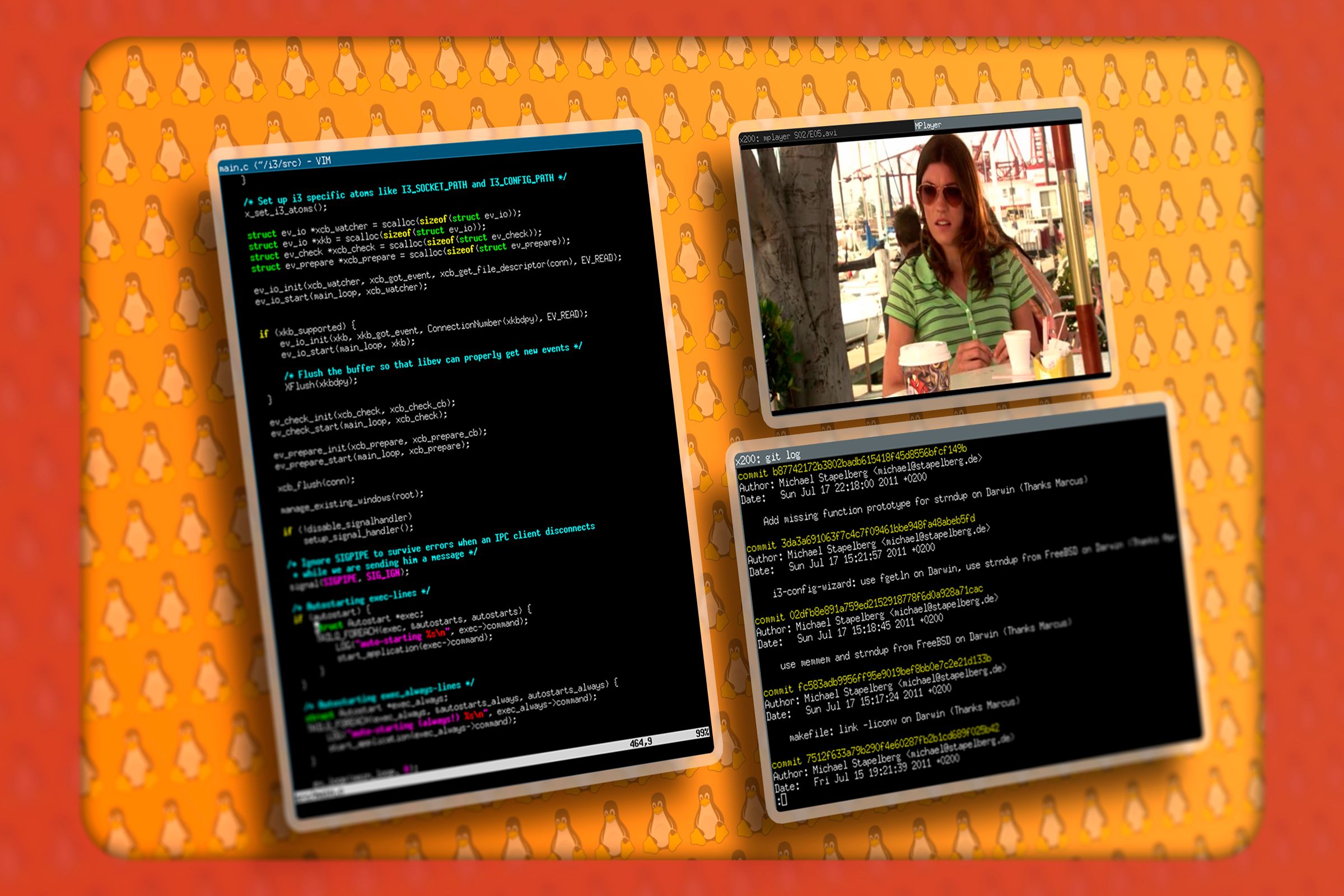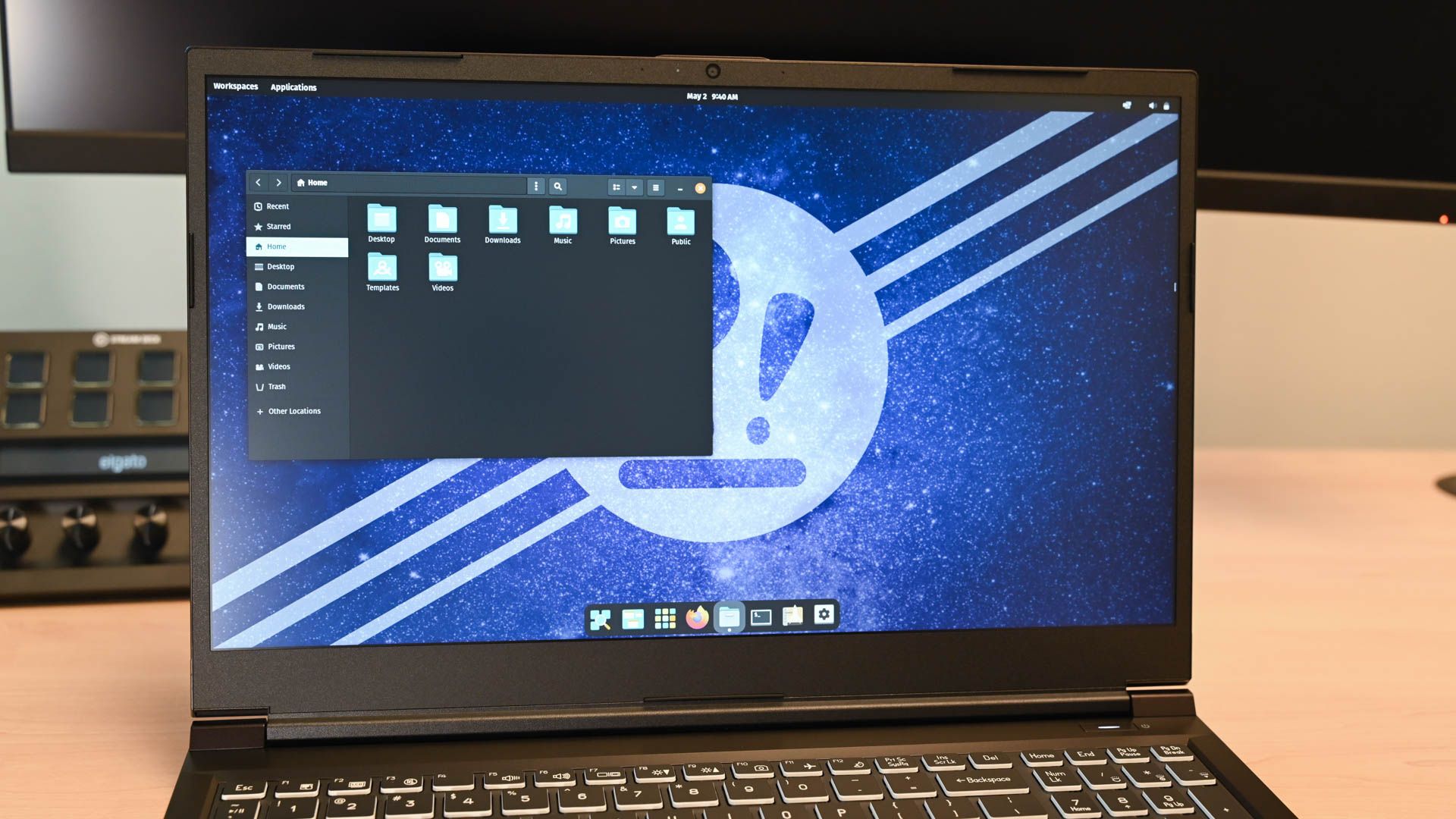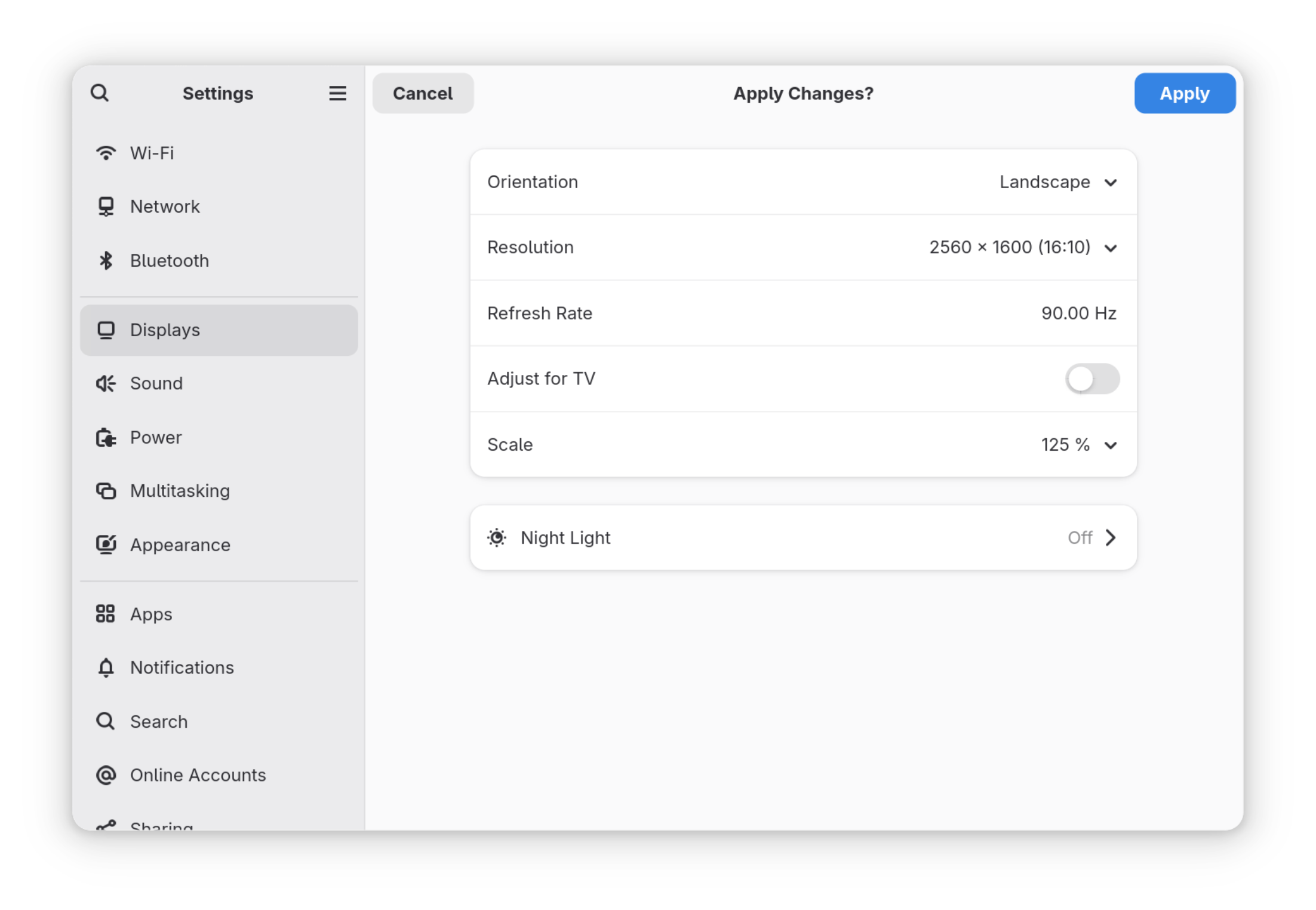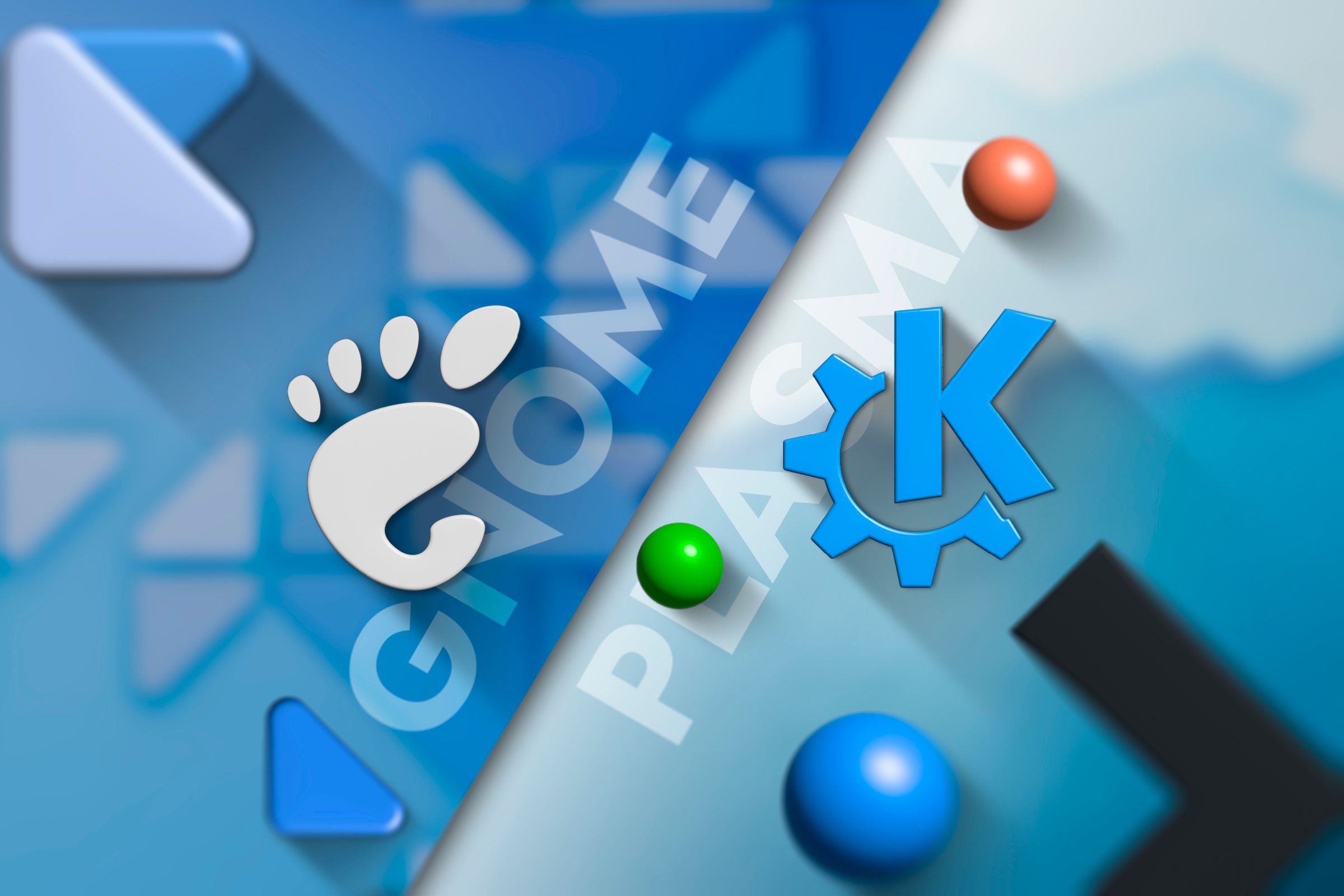Summary
- Wayland is largely in-place as the display server for most major Linux distributions.
- Wayland offers hardware acceleration and generally better performance than traditional X11.
- Nvidia users in particular may still face some issues, but overall, Wayland adoption is increasing and bugs are down.
The Wayland display server has long been called the way of the future for Linux. But take a quick look, and you’ll find plenty of people suggesting it’s not ready for prime time. If Wayland isn’t ready now, when will it be?
X.Org vs. Wayland in 2025
If you’ve been around the Linux world for a while, the Wayland name likely rings a bell. The project has been in the works since its creation by a Red Hat developer in 2008. For years, the name took on a nearly mythical air, thanks in part to the way it never quite seemed to materialize.
Wayland is meant to replace the aging X11 (also known as X.Org) display technology, with better support for hardware acceleration and smoother performance overall. This is due in part to more tightly coupling the compositor with the actual application running instead of a separate window manager.
By 2023, Wayland was the default display server for new releases of Debian, Ubuntu, Fedora, and Arch distributions. Still, as we noted in our comparison of X11 and Wayland, while the display server was running the new technology, the applications themselves were still using the older X11 APIs.
That said, while application development is difficult to track, Wayland continues to see widespread adoption across both desktop environments and window managers. Even diehard desktops like XFCE and Mate have added initial support for Wayland, though both caution users against using it too much at the time of this writing.

Related
Why I Prefer a Tiling Window Manager on Linux
They aren’t for everyone, but I can’t get enough of them.
In the more stripped-down world of window managers, many Wayland-powered contenders have arrived. Sway is a drop-in replacement for i3 using Wayland, and dwl is a similar take on the famously cranky dwm window manager. Then you’ll find new kids on the block, like Hyprland, which offers a sleeker look and flashy animations.
Wayland Continues to Improve…
While Wayland has seen a relatively steep incline in adoption, its reputation has taken some hits along the way. Specifically, Nvidia users often ran into issues due to the way the company implemented features in its drivers. While Linux kernel creator Linus Torvalds’ two-word send-off to the company is memorable, and surely familiar words to many a Wayland user, they won’t be repeated here.
Fortunately, things are getting better. While the Sway window manager still doesn’t officially support Nvidia drivers, this is the exception, not the rule. Plus, things that used to be tricky or even just impossible are now easy and simple.
Take fractional display scaling, for example. Anecdotally, in the past few years, I’ve seen this go from unavailable to available via a few dodgy, distro-dependent hacks, to now fully supported. Running on multiple distros now, running both GNOME and KDE, scaling by 125% or 150% is as simple as it is on macOS or Windows.
Performance is improving as well. For example, Raspberry Pi OS recently switched to Wayland, something that would have seemed unthinkable a few years ago. That said, we’re not all the way there, at least just yet.
… But the Road Is Still Bumpy
While simply having an Nvidia graphics card won’t bring you headaches the way it used to, and the bugs are certainly fewer, not everything about the Wayland experience is completely smooth. Much of this comes via anecdotal complaints and individual bug reports, but it’s clear that not everyone will have a problem-free time.
Depending on the type of Linux user you are, and perhaps how long you’ve been using Linux, changes to your workflow may be more difficult to get used to. The xkill utility, a simple way of closing an X11 window that isn’t responding, doesn’t work under Wayland, for obvious reasons.
In most cases, wherever an X-focused utility like xclip is needed, a Wayland-ready equivalent like wl-copy is created. In the case of xkill, there still isn’t any sort of replacement under Wayland, and due to the differences between how it and X11 work, there likely won’t be.
Considering these are the types of problems users are running into, it’s easy to imagine developers are running into much hairier issues in trying to port older software to use the newer technology.
X.Org Isn’t Going Anywhere, Yet
Speaking of which, the main issue keeping many people who wouldn’t otherwise care from moving fully to Wayland isn’t necessarily bugs, but that same older software. If your workflow is reliant on some random piece of software that was last updated in 2008, finding something new that might offer slightly improved graphical performance likely isn’t on your list of priorities if it otherwise still works for you.
Fortunately, there is a bit of help available for this particular problem in the form of Xwayland. This is an emulation layer that allows older software originally written for X.Org to run on top of a Wayland display server. It’s not perfect, but in most cases, this will let you run the software you want to run without worrying about whether it’s compatible or not.
In the long run, even with emulation layers like Xwayland available, there will be people looking to keep running X.Org. As long as you’ve got people willing to patch C code in order to add features to their favorite tiling window manager, there will still be people who want nothing to do with Wayland.
That said, as we see even those desktop environments most rooted in the old school like XFCE and Mate move toward using Wayland, it’s clear that all—or at least most—roads lead to Wayland. If you’re already using it without issue, there’s no reason to switch away. If you’re running into bugs or other issues, there’s nothing wrong with using X.Org a while longer, but keep an eye on Wayland regardless.

Related






